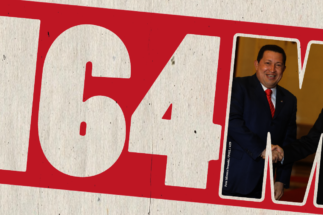The red knot (Calidris canutus), a species of shorebird as small as a teacup, is nonetheless one of the world’s furthest-travelling birds. Every year, it migrates 15,000km from Tierra del Fuego off the southernmost tip of Latin America to the Canadian Arctic and back, leaving its footprints along shorelines from the Strait of Magellan to the Hudson Bay.
However, the population of this resilient bird has been in decline. As climate change intensifies, storm surges and erosion are threatening the beaches on which the shorebirds feed. Its main source of food, the nutritious eggs of the horseshoe crabs, is also under threat because the ancient creature is being over-harvested as bait for the fishing industry, as well as for the pharmaceutical industry. The combined effect of these threats is significant: its global population is estimated to have decreased at a rate of 25% in three generations. The species is listed as “near threatened” on the IUCN red list.
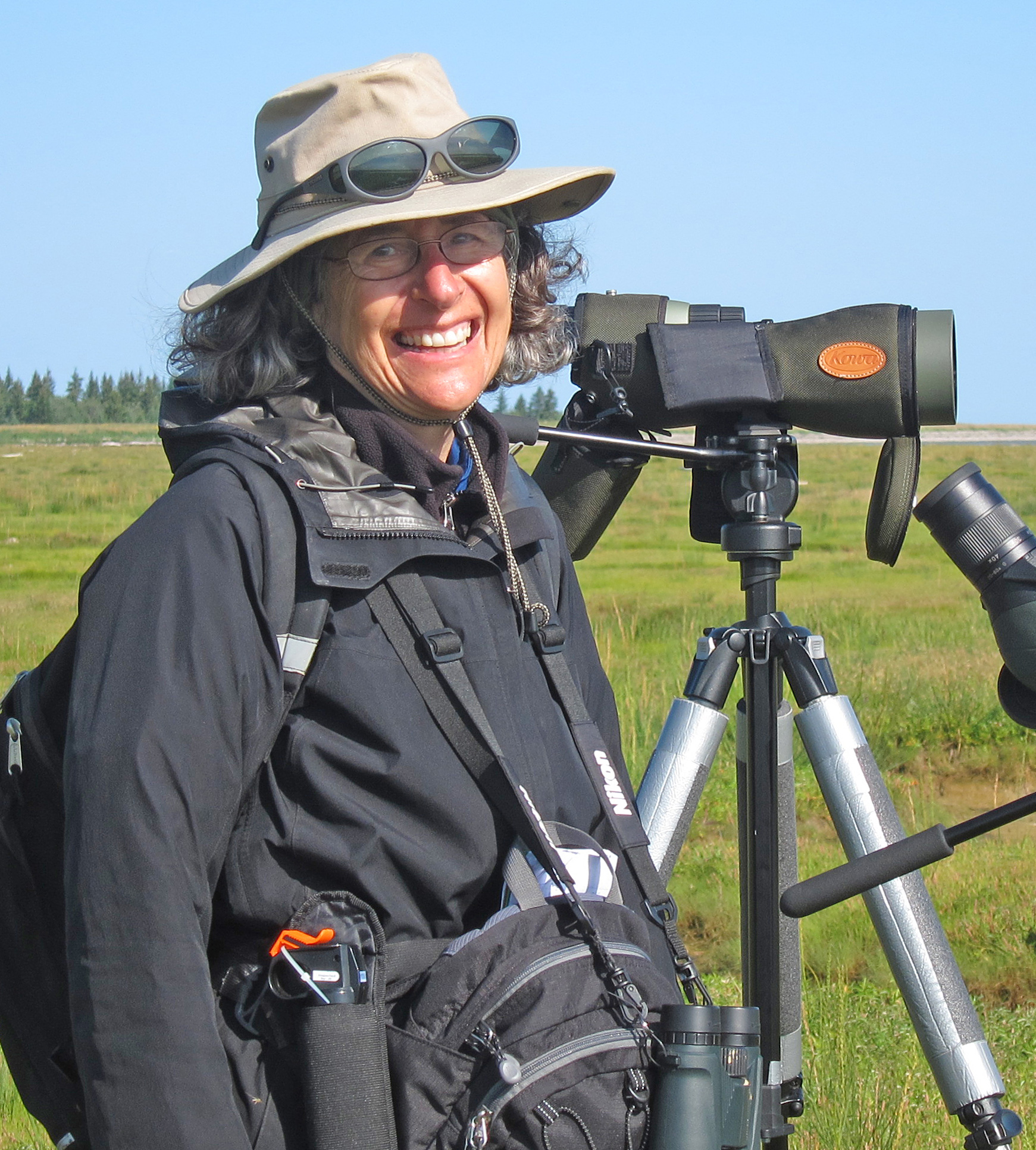
In her book The Narrow Edge: A Tiny Bird, an Ancient Crab, and an Epic Journey, which was recently translated into Chinese, author Deborah Cramer wants to show how the destiny of red knots is intertwined with ours. “The bird can tell us how healthy our shoreline is,” she says. “If we protect the shoreline, we are not only protecting their homes, but ours.”
The award-winning book, first published in 2015, was introduced to the Chinese public at an important time. China has just launched a sweeping campaign to restore nature along its shorelines damaged by industrial development, pollution and aquaculture. Migratory birds and their important stopover sites are belatedly under more stringent protection, with key habitats listed as World Heritage sites.
In a recent interview with China Dialogue Ocean, Cramer shared her experience following the steps of the red knot’s migration and offered insights on protecting disappearing shorebirds and the natural environment on which their fate depends.
The interview has been edited for clarity.
China Dialogue Ocean: Why did you decide to follow the migration of the red knot?
Deborah Cramer: I wanted to go on this journey because I figured I couldn’t really understand this bird or the challenges it faced unless I saw it in its many homes.
And I have to say I made the decision without fully understanding how far away I would actually be going. I had no idea I was going to be very high up in Southampton Island, Hudson Bay, near the Arctic. I had no idea I was going to fly with a bush pilot and a bunch of scientists and stay there for more than three weeks. I had no idea I would even get a gun licence from the United States and then a Canadian visitor’s gun licence for safety reasons!
I did a lot of things along this trip that I never imagined I would be doing. I’m really honoured and grateful that I was able to follow the birds.
What touched you the most along this journey?
I was deeply touched and amazed by the resilience, tenacity and endurance of red knots. They’re so small but they can fly five or six days non-stop, without eating or sleeping.
They are very smart birds. They have an ability to find their most nutritious food quickly. For example, they could be in South Carolina, eating tiny clams, which are not the best because the clams have a lot of shell that they can’t digest. But suddenly the birds will take off and fly 50 miles away – to an island where horseshoe crabs are spawning. Horseshoe crab eggs are the birds’ most nutritious food. I have no idea how they sensed the eggs so far away.
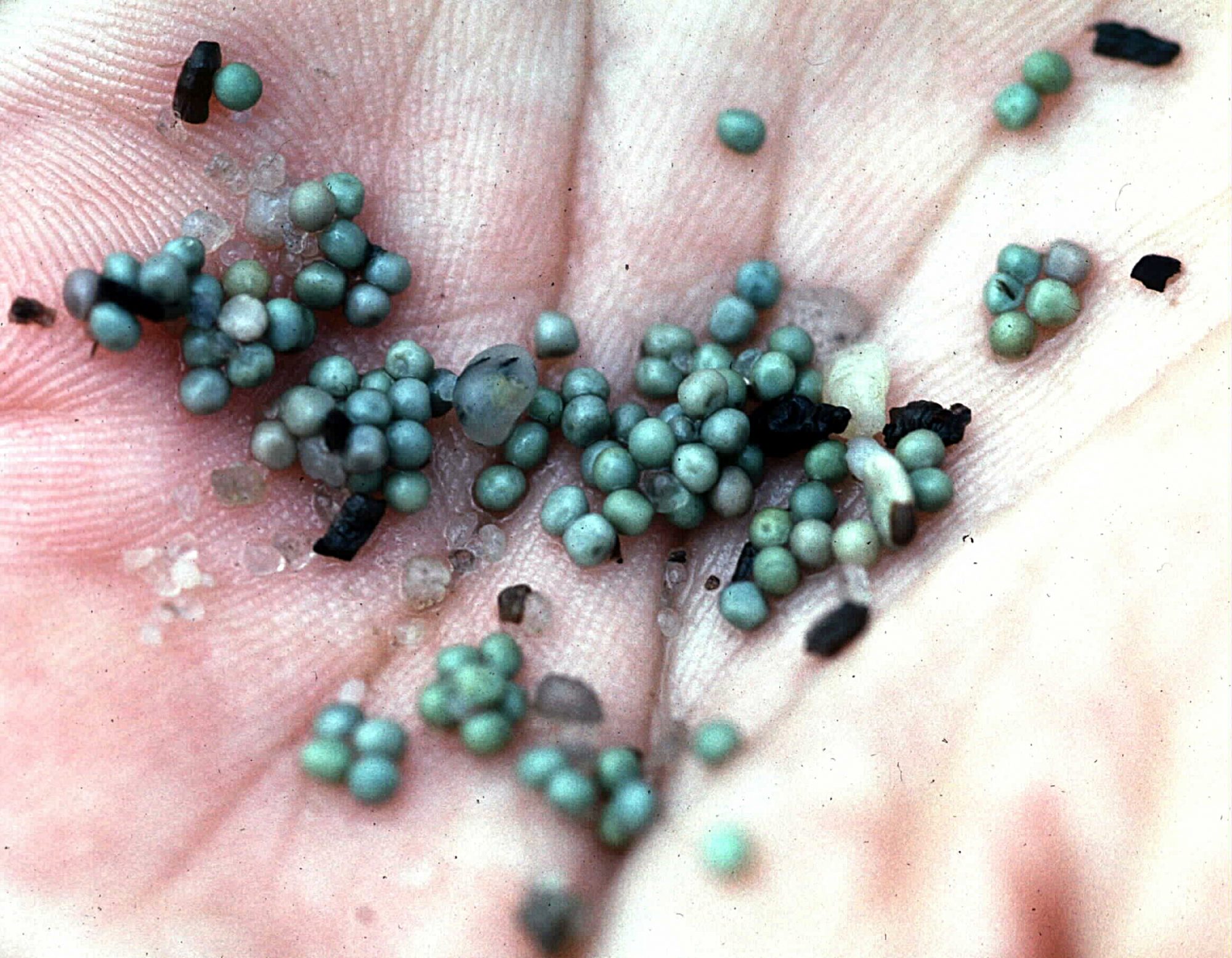
I was also inspired by the many people working so hard to protect these birds. Birds don’t know political boundaries. Flying from continent to continent to the Arctic is like climbing a ladder, but many rungs on this ladder are broken. People are coming together from different countries and cultural backgrounds to give these birds safe harbour. They are working together to repair this ladder rung by rung.
What can we learn from these efforts to protect the red knots?
One thing is that you can’t really protect birds if you don’t protect their food. In the United States, we take too many horseshoe crabs, then there aren’t enough of their eggs. When the birds can’t get enough to eat, they can’t gain the weight that they need to fly all the way to the Arctic. So what we’ve learned here is that we have to protect horseshoe crabs in order to protect shorebirds.
The second thing is that you can’t protect the bird without protecting its home. You need to protect the beaches where they eat and where they roost. You need to protect the marshes behind beaches, which will keep the water clean and help maintain the food supply for the birds. It turns out that if we do that, we are also protecting ourselves. Resilient beaches can take the pounding from hurricanes. Resilient marshes can absorb some of the storm surges.
Our lives are intertwined with animals. We are protecting not only their homes, but ours.
And we can learn from China which is placing a monetary value now on the services that are provided to us from nature, from salt marshes and from barrier beaches. Because I think there’s been a tendency, at least in the United States until recently, to assume that those kinds of services are free. We don’t realise the cost of nature until it’s gone.
The coast of the Yellow Sea and Bohai Gulf in China is one of the most important stopover sites for migratory birds, including the red knots. In 2019, the Yancheng wetlands were listed as a UNESCO World Heritage site. Do you have any advice for the protection efforts there?
Designating these tidal flats as World Heritage sites is a tremendous accomplishment that everybody should be really proud of.
The designation is a critical first step. But the rules have to be strong enough to protect this part of the flyway. And then the rules need to be enforced, which can be very challenging.
Another challenging thing is that we need cooperation. For example, Delaware Bay, New Jersey, closes off its beaches to keep people away while the birds come in to eat, and they also limit the take of horseshoe crabs. However, these two actions together have not been enough to start bringing the red knot population up to where it used to be, because New Jersey shares water with other states that may not have adequately limited their take of horseshoe crabs.

Red knots depend on horseshoe crabs for food. But now the populations of horseshoe crabs are under even more pressure due to the suitability of their blood as a vehicle for testing vaccines and other medicines. Some scientists call for using synthetic alternatives. What’s your take on this issue?
The horseshoe crab is endangered in China, depleted in Delaware Bay, and not sustainable in other parts of the United States. To protect horseshoe crabs and the birds that depend on them, we should, in the United States, stop taking horseshoe crabs to use as bait. Across the world, regulators should follow Europe’s example by allowing pharmaceutical companies to use the synthetic as an alternative to the test made from horseshoe crab blood.
Several companies now manufacture the synthetic alternative. One multinational pharmaceutical company, Eli Lilly, has committed to switching 90% of its use of horseshoe crab blood test to the synthetic. The sooner the rest of the pharmaceutical companies follow suit, the better protection there will be for the species.
Horseshoe crab have endured every single great mass extinction on this planet. It is such a resilient species, and we can bring it back. I’m very optimistic that as soon as the regulators endorse this [synthetic], it will happen very, very quickly.
What does the fate of red knots tell us about humans and the rest of nature?
Our lives are intertwined with animals – they’re dependent on us, and we’re dependent on them. We are protecting not only their homes, but ours. With the birds and the horseshoe crabs, we share a home on this planet together. If their home is suffering, ours will as well.
This is also an ethical question for me. Horseshoe crabs have been around for 475 million years. If we collapse the history of life on Earth into one year, the horseshoe crabs would come in the spring, the birds would come in the fall, and then we humans would arrive a few minutes before midnight as the year ended. We have been here for such a short time. Who are we to decide what animals should live and which ones should become extinct?
Your book is about the “narrow edge of bird and crab”, but we can still find hope there, in efforts to protect them. What can society do to support those efforts?
The government agencies and NGOs have a very critical role to play. But at the same time, the rest of us can really strengthen their efforts and bring about greater protection sooner.
It’s basically about the way all of us choose to live. We can figure out whether to construct our buildings to be energy efficient. We can reduce air and water pollution. We can care more about climate change. All this will help protect life at the sea edge.
Teachers and parents have a huge role to play training and inspiring the next generation of stewards of our earth, introducing children to the life of red knots and to the web of life on the beach. If children learn the story of the red knot and go out to a beach, where they can actually see shorebirds, they may come to love this Earth and want to protect it.
The image of Deborah Cramer used in this article cannot be republished without her permission.
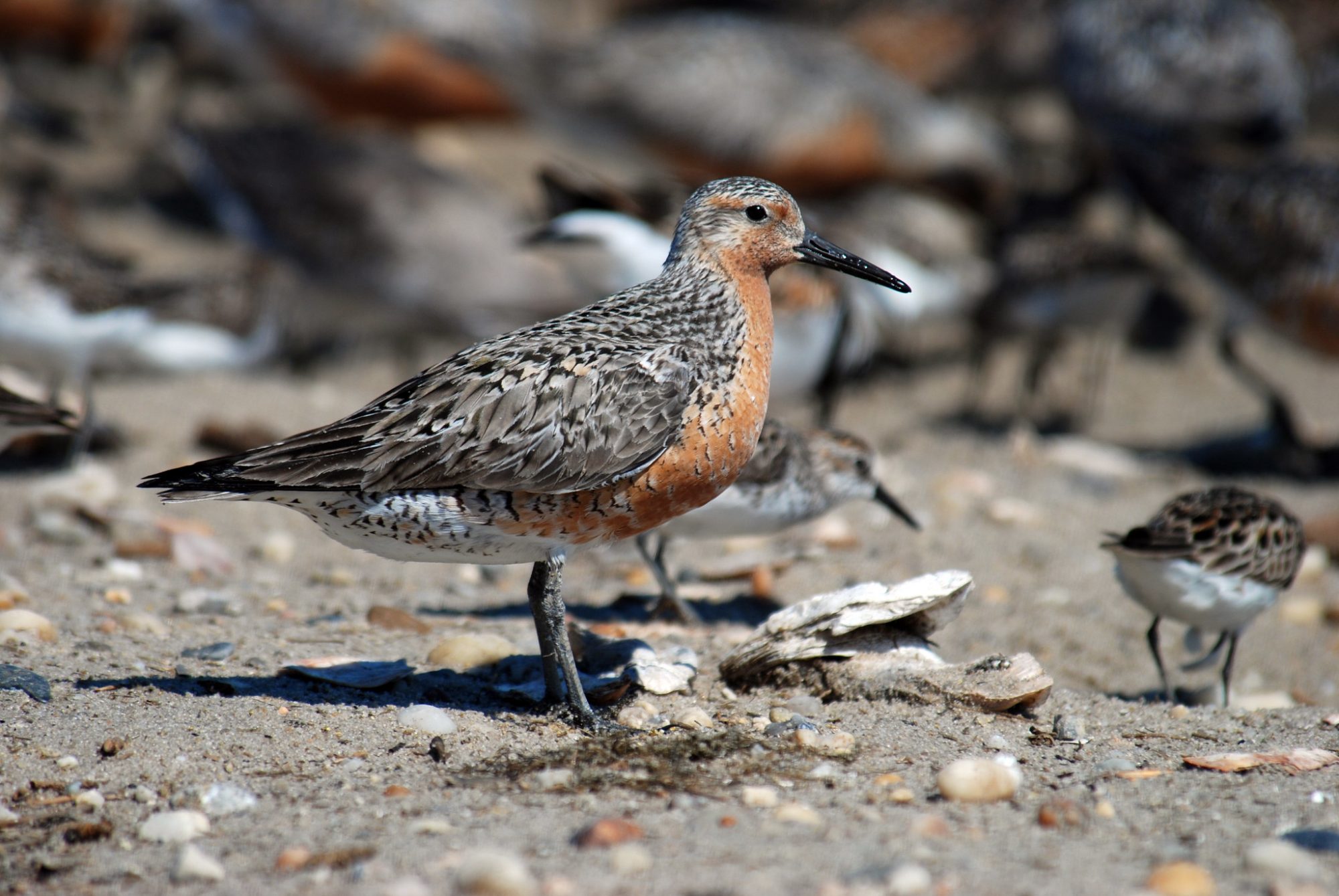
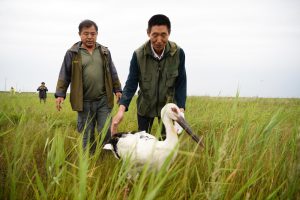
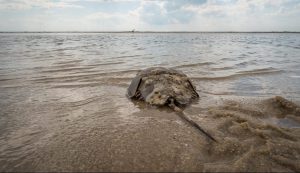
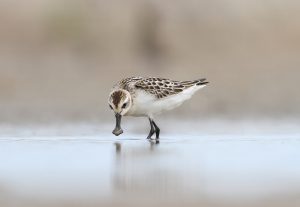
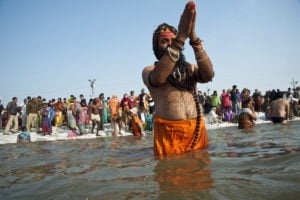

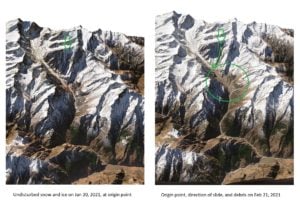
![The Indus at the site of the proposed Diamer-Basha dam [image by: Water and Power Development Authority, Pakistan]](https://dialogue.earth/content/uploads/2020/07/Indus_Diamer_Basha_Dam_Site_Image_WAPDA-300x169.jpg)
